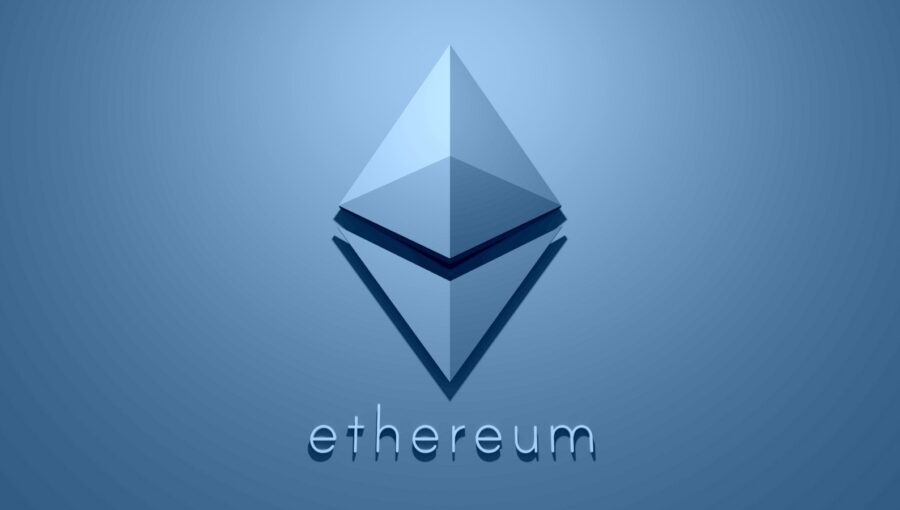|
Getting your Trinity Audio player ready...
|
Blockchain tracker Whale Alert reported that the Tether Treasury minted 1 billion USDT on the Tron network. This fresh supply was generated on Tuesday at 20:43 (UTC), marking another major move by the world’s largest stablecoin issuer. Tether’s CEO, Paolo Ardoino, confirmed the minting, clarifying that the new USDT has been “authorized but not issued.” This distinction means it will serve as inventory, ready to meet future issuance requests and facilitate chain swaps.
Tether’s Strategic Move On Tron
The Tether Transparency page corroborates Ardoino’s statement, showing a balance of 1.059 billion USDT as “authorized but not issued” on Tron’s ledger. This inventory, essentially stablecoin reserves, can be swiftly deployed into circulation when demand rises. Tron, a blockchain known for its cost-effective transactions, now holds over $20 billion in USDT, making it the top network for Tether’s reserves, surpassing Ethereum.
The Tron network currently houses 51.23% of the entire USDT supply, equivalent to approximately $61.7 billion, while Ethereum trails with $54.5 billion, about 45.2%. With USDT’s current circulating supply totaling around $120 billion, Tether’s footprint on Tron is a testament to the blockchain’s competitive fees and high transaction speed, attracting stablecoin users looking for efficient transactions.
Tether’s Dominance in the Stablecoin Market
Tether’s USDT maintains a dominant position in the stablecoin sector, accounting for over 67% of USD-pegged stablecoins. Despite its widespread use and influence, Tether has faced scrutiny and, recently, had to address rumors suggesting potential legal trouble over its alleged links to money laundering—a claim it swiftly refuted.
USDT’s popularity is bolstered by the stability it brings to crypto investors, acting as a safe haven during market volatility. By pegging each USDT to a dollar, Tether allows traders to move assets quickly without exposure to market fluctuations. The fresh 1 billion USDT minted on Tron suggests confidence in Tether’s role as a market stabilizer amid fluctuating crypto prices.
How the Minting Impacts the Crypto Market
For the crypto community, large USDT issuances are often seen as bullish indicators. The minting on Tuesday stirred optimism among crypto traders, with some suggesting that an increase in USDT could lead to higher crypto prices. The reasoning behind this is simple: stablecoin inflows often signal a rising interest in crypto assets, as new capital in the form of stablecoins can easily be converted into cryptocurrencies. When Bitcoin recently hit multi-month highs, it seemed to affirm this connection, showing how market participants leverage stablecoins to capture gains during upswings.
Stablecoin issuances are especially significant during bull cycles. For example, in August, Tether issued $3 billion in USDT amid a drop in Bitcoin’s price below $50,000, a move that many believe helped revitalize the market. Historically, significant stablecoin injections have correlated with bullish momentum, as seen in 2021, when steady USDT supply increases paralleled the rapid appreciation of assets like Bitcoin and Ethereum.
Also Read: Crypto Market Shaken – Tether Probe Sparks 3% USDT Dip, Could History Repeat With Bitcoin Surge?
As Tether continues to mint USDT, particularly on Tron, many eyes will be on the crypto market’s response. The substantial inventory in the “authorized but not issued” column indicates that Tether is prepared for potentially heightened demand. Whether this minting event will catalyze a bullish trend remains to be seen, but the increased availability of USDT on Tron is poised to play a pivotal role in shaping upcoming market dynamics.
The coming months will reveal whether Tether’s strategic inventory management on Tron will spark the next wave of crypto enthusiasm or act as a buffer, providing liquidity in times of uncertainty. With stablecoins like USDT continuing to dominate the market and Tron’s reputation as a cost-efficient blockchain growing, the relationship between Tether and Tron could be a driving force behind market trends, investor confidence, and digital asset accessibility.
Disclaimer: The information in this article is for general purposes only and does not constitute financial advice. The author’s views are personal and may not reflect the views of Chain Affairs. Before making any investment decisions, you should always conduct your own research. Chain Affairs is not responsible for any financial losses.
A lifelong learner with a thirst for knowledge, I am constantly seeking to understand the intricacies of the crypto world. Through my writing, I aim to share my insights and perspectives on the latest developments in the industry. I believe that crypto has the potential to create a more inclusive and equitable financial system, and I am committed to using my writing to promote its positive impact on the world.




